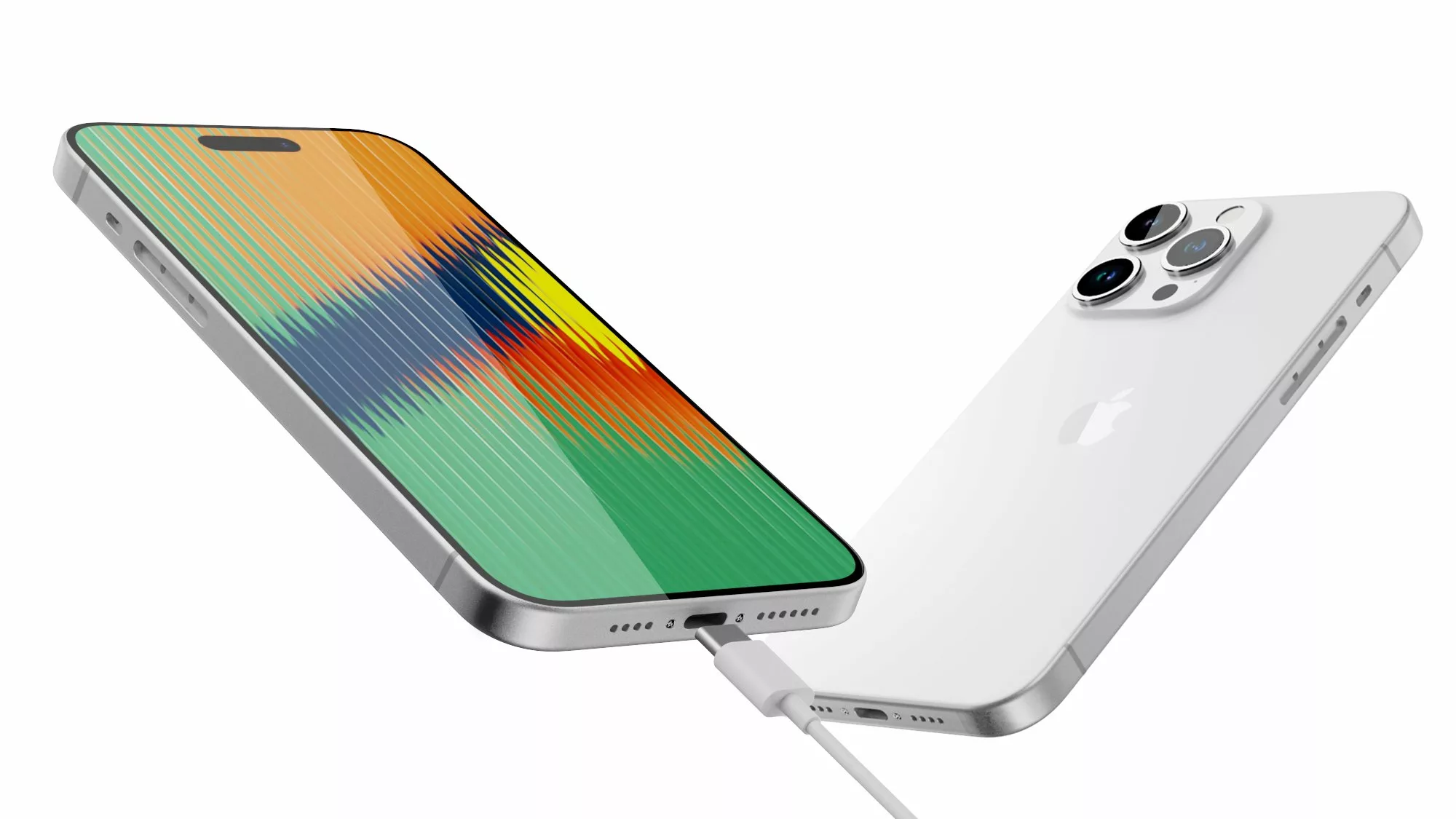In a monumental shift, Apple has finally embraced the USB-C standard in its latest release, the iPhone 15. This marks a significant departure from Apple’s proprietary Lightning port, which had dominated its devices for over a decade. The move comes as a response to the growing prevalence of USB-C across various tech ecosystems, including Android smartphones, laptops, and peripherals.
Apple’s transition to USB-C arrives after the European Union mandated that new mobile devices, starting in late 2024, must adopt the universal USB-C port. While this move demonstrates Apple’s willingness to align with international standards, it’s essential to note that the iPhone 15’s USB-C implementation comes with a surprising limitation.
Speeding Into the Past: USB 2.0 on the iPhone 15
Apple’s announcement of the iPhone 15’s USB-C adoption didn’t delve into specifics during its keynote presentation. Still, it did reveal plans for updated earbuds and AirPods Pros equipped with USB-C ports.
However, the concerning aspect emerged when discussing the iPhone 15 Pro, where Apple highlighted a unique USB controller allowing for 10Gbps USB transfers—a stark contrast to what the standard iPhone 15 offers.
A visit to Apple’s official website reveals disheartening details about the USB-C transition. The company plans to offer a 20W USB-C charger (available for separate purchase), which, notably, lags behind the common 25W charging seen in Android smartphones.
But the most significant disappointment is the USB-C port’s speed limitation on the iPhone 15—it remains confined to USB 2.0 specifications, capping data transfer speeds at a mere 480 Mbps.
A Costly Upgrade: USB 3 Reserved for the Pro Model
This decision raises eyebrows, considering the iPhone 15’s price tag of $799. USB-C, as found on the iPhone 15, relies on the ancient USB 2.0 protocol—a stark contrast to the modern capabilities of USB-C, which can achieve speeds of up to 10 Gbps under the latest revisions.
Apple, however, reserves the faster USB 3 standard for the iPhone 15 Pro, compelling customers to shell out an additional $200 to access these higher transfer speeds.
The iPhone 15, limited to USB 2.0, is scheduled for release on September 22, starting at $799. In contrast, the USB 3-capable iPhone 15 Pro will also be available on the same day, with a starting price of $999.
As Apple takes this significant step in adopting USB-C, it faces scrutiny for imposing speed limitations on its standard iPhone 15 model. Tech enthusiasts and consumers alike will be closely watching how this transition unfolds, hoping for a more equitable balance between innovation and pricing in Apple’s future releases.
Dive Deeper into Apple’s Revolution: Just how did Apple redefine the smartphone and wearable game in 2023? Unpack the innovations and breakthroughs from their latest event. Discover the future Apple is envisioning with its game-changing devices.
